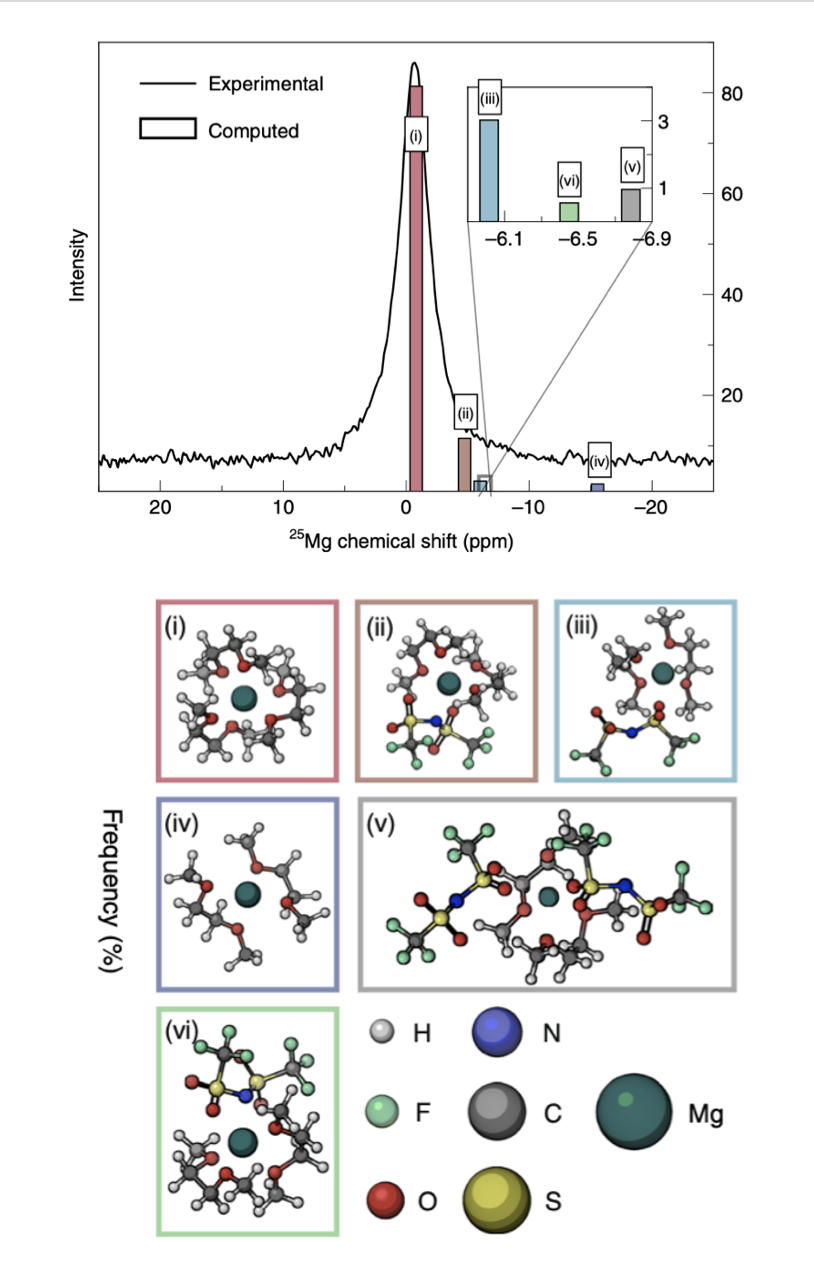Background and Objectives
Experimental Spectroscopy Analysis Tools (SAT) are critical for investigating the structural and functional properties of electrolyte solutions, providing deep insights into their behavior and performance. These tools utilize advanced spectroscopic techniques such as nuclear magnetic resonance (NMR), infrared (IR) spectroscopy, Raman spectroscopy, and X-ray scattering to analyze the interactions and dynamics within electrolyte systems.
The analysis of electrolyte solutions is vital for applications ranging from batteries to fuel cells. SAT allows researchers to study solvation structures, ion pairing, and transport mechanisms in detail. For example, NMR spectroscopy reveals the local chemical environment and dynamic behavior of ions, while Raman and IR spectroscopy provide molecular-level insights into bonding interactions and functional group activities.
Developing effective electrolyte solutions depends on understanding complex phenomena such as ion mobility, solvation dynamics, and decomposition pathways. SAT tools play a pivotal role in decoding these processes, enabling the design of optimized materials with enhanced performance and stability. For instance, tracking lithium-ion dynamics in advanced battery electrolytes or studying solvation effects in multivalent-ion systems can drive innovation in energy storage technologies.
Recent advances in SAT include the integration of machine learning algorithms to automate data analysis and extract correlations between spectral features and electrolyte properties. Additionally, hybrid experimental-computational frameworks are emerging, combining spectroscopy data with molecular dynamics simulations and density functional theory (DFT) calculations. This approach accelerates material discovery and enables predictive modeling of electrolyte behavior under various conditions.
The continued evolution of SAT for electrolyte solutions is essential for advancing materials science and electrochemical research. By providing unparalleled insights into molecular interactions and system dynamics, these tools empower researchers to develop next-generation electrolytes tailored to specific applications, from high-performance batteries to sustainable energy systems.
